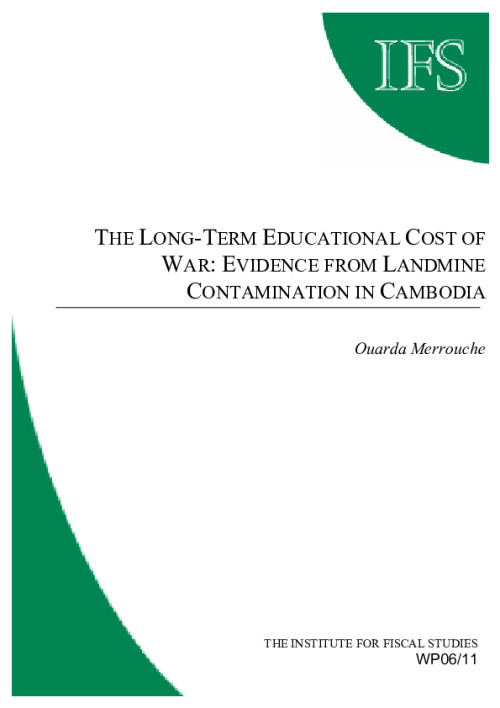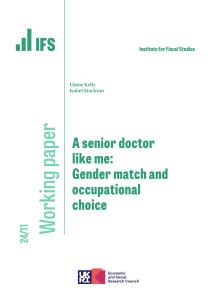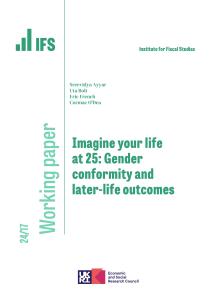The economic impact of war may be visible in the long run and particularly its impact on human capital. I use unique district level data on landmine contamination intensity in Cambodia combined with individual survey data to evaluate the long run cost of Cambodia's 30 years war (1970-1998) on education levels and earnings. These effects are identified using difference-in-differences (DD) and instrumental variables (IV) estimators. In the DD framework I exploit two sources of variation in an individual's exposure to the conflict: her age in 1970 and landmine contamination intensity in her district of residence. The IV specification uses an indicator of distance to the Thai border-average district fluency in Thai- as an exogenous source of variation in landmine contamination intensity. I show that young individuals who had not yet attended school before 1970 received less education (relative to the older cohort) and this effect was higher in regions where conflict has been more intense. However, immediately after the war there are no visible effects on earnings. I argue that the destruction of physical capital is the major factor that drives down the returns to education in Cambodia post-war.










